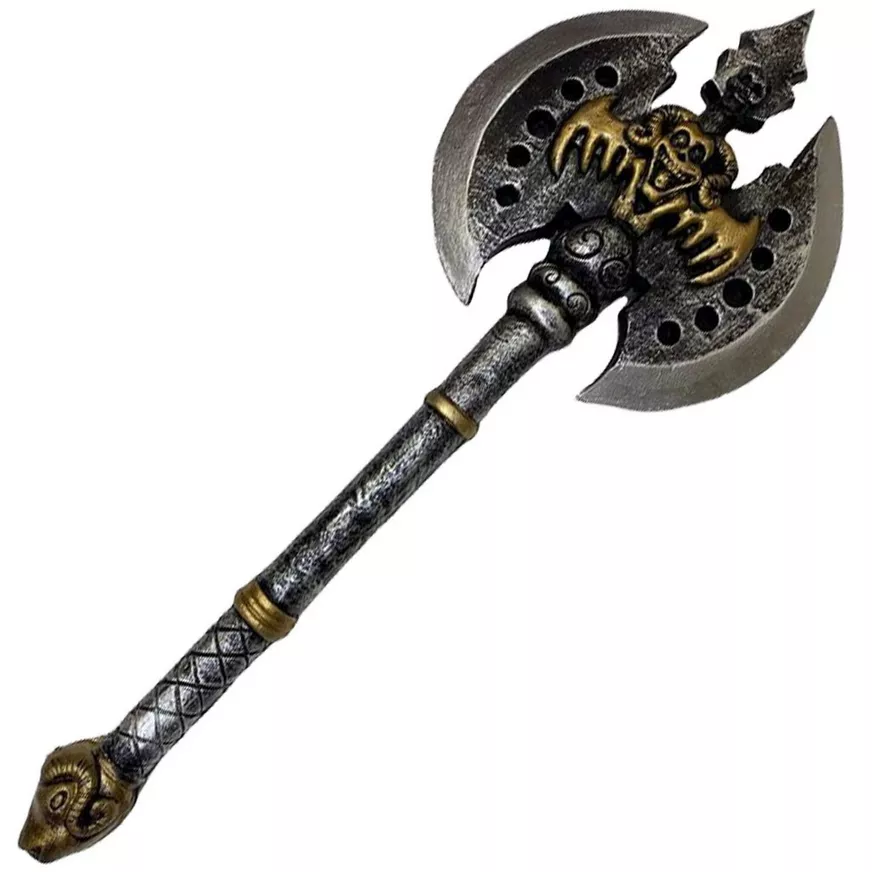The Viking Age was an era defined by the daring expeditions and formidable conquests of the Norse seafarers known as Vikings. While their reputation as fierce warriors and skilled navigators is well-known, one of their most iconic and versatile tools of warfare, the Viking battle axe, played a crucial role in their military success and cultural influence beyond their borders. The Viking battle axe was more than just a weapon it was a symbol of status, a tool of survival, and a testament to the intricate craftsmanship of the Norse blacksmiths. These axes came in various designs, ranging from one-handed to two-handed versions, each tailored to different combat situations. The common feature among these axes was their exceptional balance, allowing for swift and precise strikes, often delivering devastating blows that could cleave through armor and bone. One of the primary reasons for the Viking axe’s effectiveness was its adaptability.

Vikings relied on raiding and pillaging as a means of sustenance and territorial expansion. The battle axe proved invaluable in this regard, serving as a multi-purpose tool that could be used for cutting wood, building shelters, and hunting, in addition to its role in combat. This versatility meant that Viking raiders could travel light, carrying fewer weapons while maximizing their efficiency on both the battlefield and in daily life. The Viking raids and conquests across Europe played a pivotal role in spreading the influence of the battle axe. As these seafarers ventured beyond their Scandinavian homelands, they encountered new cultures, technologies, and combat techniques. This cross-cultural interaction led to the exchange of ideas, as well as the incorporation of foreign weapon designs into the Viking arsenal. The battle axe, with its effectiveness and adaptability, quickly became a favored weapon not only among the Vikings themselves but also among the cultures they interacted with. When the Norse warriors unleashed the fury of the double-bladed axe upon their enemies, chaos reigned supreme.
These Vikings, sought after for their combat prowess, found themselves in the service of the Byzantine Emperors, serving as personal bodyguards and shock troops. The Varangian Guard’s use of the battle axe left an indelible mark on Byzantine warfare, influencing their tactics and weapon preferences. The Viking battle axe also left its mark on the British Isles. The Norse invasions of England, Scotland, and Ireland led to the establishment of Viking settlements and the integration of their military techniques. Its design influenced the evolution of the English long axe and had a lasting impact on medieval European warfare. Its adaptability, craftsmanship, and influence on different cultures make it a testament to the prowess and legacy of the Norse raiders. Beyond its role on the battlefield, the battle axe played a significant part in shaping the cultural and military landscape of the lands the Vikings explored and conquered. As a tool that transcended borders and cultures, Handgeschmiedete Äxte stands as a tangible representation of the far-reaching impact these seafaring warriors had on the world.
